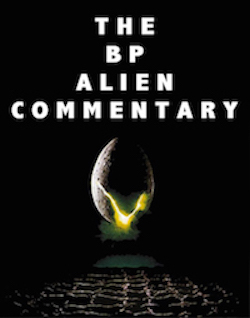Coming Clean: Study Guide, by David Bax

Ondi Timoner’s Coming Clean is the kind of issue-advocacy documentary that’s full of slogans and sound bites. The magnitude of opioid overdose deaths is referred to in numbers of “9/11s,” “plane crashes” and “Super Bowls” and the solution, we’re assured, lies in the motto of treatment-first proponents, spoken by at least three different people over the course of the film: “The opposite of addiction is connection.” Timoner’s arguments are sound–not to mention moral–but her info-dump approach tends toward the superficial. A documentary on the subject with a more specific focus and depth (like Jessica Earnshaw’s Jacinta, which played festivals last year) might stick around longer in the memory.
Timoner examines the opioid epidemic mostly by focusing on Utah and Colorado. These are not just places where the addiction and death rates are especially high but also places where she finds politicians dedicated to doing something about it using compassion and well-vetted research.
Coming Clean opens with a lengthy montage of news clips about opioid addiction and overdoses. This turns out to be a kind of vision board for the movie. With its journalistic efficiency and digestible infographics, it begins to feel itself like a feature length version of a TV newsmagazine segment.
Timoner’s interviewees (including Mike Moore, the former Mississippi Attorney General who led the charge against tobacco companies in the 90s and played himself in The Insider) make sure to spread the blame for opioid proliferation all up and down the lines of sale, distribution, marketing, approval and prescription. With a cycle that sees people leave the FDA and get directly hired by pharmaceutical companies, Moore establishes that, “the fault starts with the government.” But he and the other politicians profiled, like former Salt Lake County mayor Ben McAdams and Colorado State Senator Brittany Pettersen, believe that the solution lies there too. Coming Clean isn’t just a survey of the opioid epidemic; it aspires to be a guidebook to its resolution, advocating for increasing legalization with a subsequent focus on treatment instead of punishment. It also offers arguments about the economic benefits of such an approach for the soulless viewers to whom saving lives is not incentive enough. Politically, though, Timoner seems not to know what to do with the racial factors that make opioids and largely white opioid addicts less stigmatized than the largely BIPOC populations who suffered under previous drug crises, acknowledging these factors’ existence without really engaging.
For all the fine points it makes, Coming Clean is at its most powerful when it remembers that the addicts it’s profiling are human beings, not numbers. All of the packaged inspirational stories can’t compete, when it comes to eliciting sympathy, to the moment when a woman calls her mother to announce the very big news that she’s checking herself into rehab and the mom, having long ago learned not to get her hopes up, responds coldly and officiously. Powerful instances like this one are too few and too far between.
Instead, Timoner tries to make up for the general flatness of her film with self-conscious flash, cheesy bits of faux-profundity like projecting images and headlines onto her interviewees’ stoic faces. Coming Clean makes for a well-researched educational tool but that’s not the same thing as a good film.


























